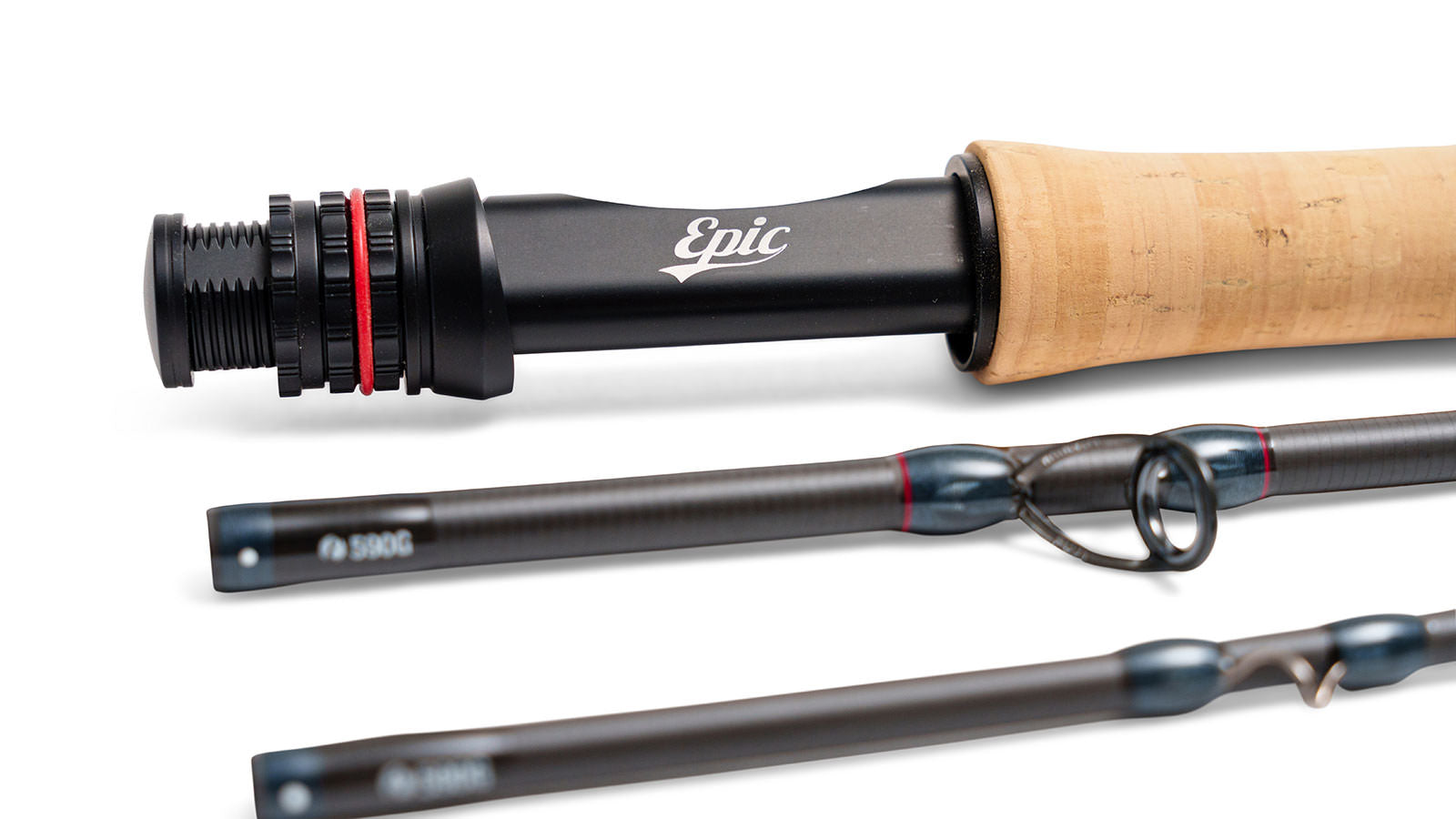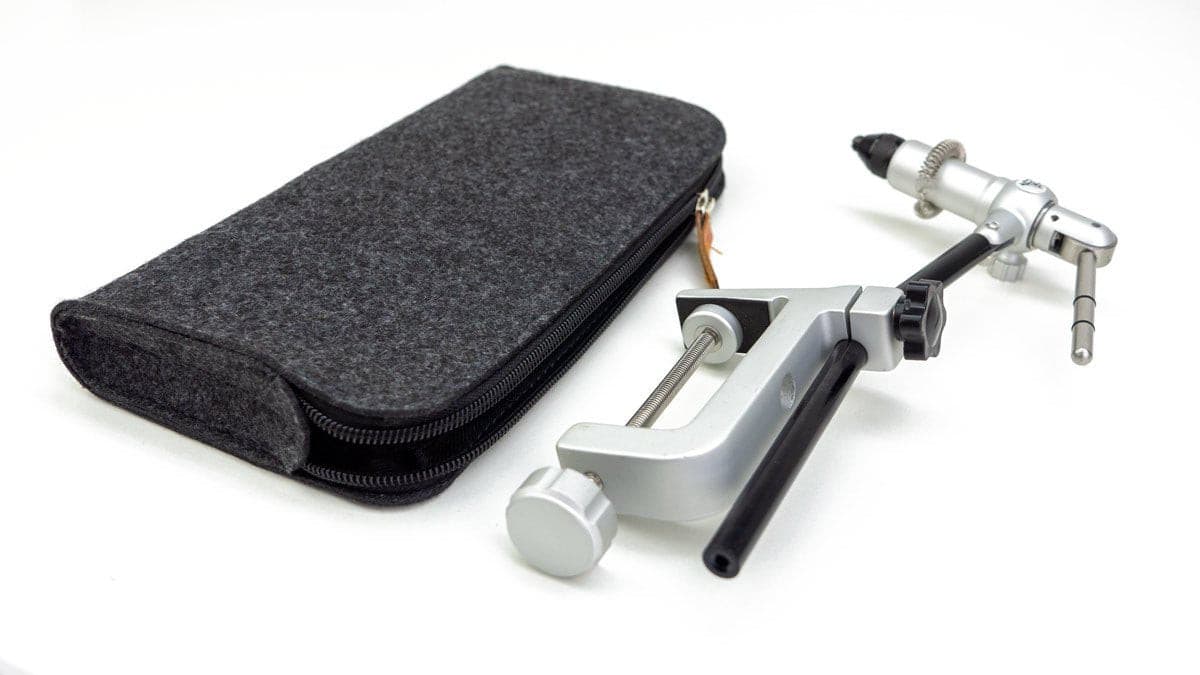Open It Up
Tips on fly casting controlled open loops - By Joe Mahler
My fly-fishing teeth were cut on fiberglass fly rods and, after wiping out my savings account, bamboo rods. I was always fascinated by the airborne line formations and gentle landings that skilled casters demonstrated. The loops that I saw as a teen were rarely what would be called tight by today’s standards, but what gave them elegance was control.
A tight, or narrow, loop combats windy conditions, adds accuracy and distance to the cast and delivers the fly nicely under docks and overhanging tree limbs. But there are situations that call for a different approach and “opening-up” a bit can really improve your presentation. To be clear, I’m not talking about a wide, sloppy loop that a “wristy” windshield-wiper rod motion gives, but rather a rounded loop that is under tension and rolls out gracefully above the water surface. Let’s look at a few situations that call for something other than a laser-sharp loop.
Fishing heavily weighted and large air-resistant flies
Heavy-moving objects really don’t change directions very easily (think of a jack-knifed truck), so when casting a fly like a Clouser minnow, a wider-turning radius will make for a smoother cast. We have all heard that familiar “Tick” sound when the lead-eyed fly passes too close by and oftentimes fractures the rod - only to be discovered later while battling a fish or freeing a snag. Big deer-hair bugs and poppers present a similar problem and a slower-moving, more-open loop will make delivering the fly much more enjoyable.

Wind
For punching a fly into the wind a tight loop is without a doubt, the way to go. But who says the loop has to be the same in both directions? Sometimes a tight loop on the back cast coupled with the wind creates too much line speed. Next time you’re casting into a wind, try opening up a little on your back cast and then throw that tight loop on the forward cast. When the wind is at your back, do the opposite and use the wind to your advantage as any good sailor would do.
Casting sinking lines
Much like the weighted fly, casting sinking lines can be troublesome. The dense nature of the line makes for a very “jerky” cast when thrown with a very tight loop, inviting tailing loops and resultant wind-knots. By opening the loop properly, you will gain control and make a smoother cast and stealthier offering.
Accuracy
An open loop is not generally associated with accuracy, but one situation that I call “goal posting” calls for it. Think about the last time you wanted to place the fly in a very tight spot between two trees with clearance above. By opening the loop on the forward stroke and drawing an imaginary line down the middle of the opening with the rod tip on the forward stroke, you will likely place the fly precisely on target with a soft landing and eliminate the chance of throwing a tailing loop.
Rod choice
Equipment also plays a role in the loop-shape picture. A faster, high modulus rod will be more conducive to throwing tight loops than a slower or medium action rod. A slower rod bends deeper and invites a more open loop as well as a relaxed style of casting. I have several slower fly rods that I enjoy both for fishing and instructing. The most popular rods on the market today tend to be much faster than rods from even ten years ago. It may be time to dust off that old favorite and give it a second look.
What makes a good “open” loop? In short, it is control. As long as the line is under tension, we have control, as soon as slack is introduced we lose it.
A tight loop requires great line speed with an abrupt stop on the backward and forward casts. As you slow the stroke and soften the stops, the loop will naturally begin to widen. Adding slight wrist turn-over early and late will give the rod tip a gently arched path. Notice as you make these adjustments that the fly follows a lower path on the back cast (hip to shoulder high) and a higher path (above the rod tip) going forward.

Belgian Cast
A great way to open the loop and maintain or even gain distance is by using the Belgian cast, otherwise known as the Elliptical cast. The Belgian cast is a side-arm cast that relies on continuous motion, or nearly so, of the rod tip following the path of an ellipse. The fly line will pass under the rod tip on the back cast and over the rod tip on the forward cast.
Pull out 10 feet of line and start making small, steady circles with the rod tip. Notice that as long as the rod is moving steadily, the line follows. You can rotate your body around-the-clock and as long as the rod is moving smoothly at the proper speed, the line will continue to form those circles. The same holds true when making a Belgian cast.

Changing planes
My favorite way to open up is actually a combination of a side-arm and an overhead cast.
The Belgian cast is based on the line traveling back on one horizontal plane and going forward on another horizontal plane above. With this approach, the line travels backwards on a nearly horizontal plane and forward on a vertical plane. Here is how you do it;
Start with the rod tip on the water with a tight line. Rotate your hand so your palm and the side of the reel are facing upward. Draw the rod backwards to the side and to a slight upward angle. A crisp upward “flip” at the end of the backward stroke will straighten the fly line nicely and directly behind you. As the line straightens behind you, raise your rod (or circle up as spey casters say) to your upright casting position. From here, simply make your best forward cast accelerating smoothly and driving the rod tip in a straight path to a decisive stop. When coupled with the double-haul, impressive distances can be achieved with ease and fluidity.
This cast can also be used to form a horizontal loop overhead, sort of like a cowboy’s lasso, by picking the fly up on one side of the body and delivering it over the opposite side. Start by picking the line up as you would in a standard overhead cast and at the end of the back cast add the slight sideways “flick”, so the line passes by the outside of one shoulder and then to the outside of the other. This may take a bit of practice, but the overhead loop is great for side-wind conditions or when keeping line in the air while walking (or running) the beach.

|
Words and images by Joe MahlerJoe Mahler is one of the USA's leading fly casting instructors and author and illustrator of “Essential Knots & Rigs for Trout” and “Essential Knots & Rigs for Salt Water”. You can Book a fly casting lesson with Joe via his website here. |

































